$89.97 Original price was: $89.97.$62.98Current price is: $62.98.
SKU: D2LSC 4100113032 Categories: FRUIT TREES & PLANTS, HOT SALE
- Free Shipping Worldwide
- Multiple payment options for secure shopping with SSL
- The best quality products, always.
- Multiple payment methods, safe and reliable

Wild Black Cherry Tree
Prunus serotina
Other Names: Black Cherry, Wild Cherry, Wild Rum Cherry
Plant Details
USDA Plant Hardiness Zones: 2a-8b Find Your Zone
Plant Type: Deciduous Fruit Tree
Height at Maturity: 25-60′ depending on pruning when young
Width at Maturity: 20-50′ depending on pruning when young
Spacing: 50’+ for space between trees
Growth Habit / Form: Upright Pyramidal
Growth Rate: Fast
Flower Color: White
Flower Size: Small Flowers in 3-6″ long racemes
Flowering Period: Mid Spring
Flower Type: Single, in 3-6″ long racemes
Fragrant Flowers: Yes
Foliage Color: Dark Green; Golden Yellow shades in fall
Fragrant Foliage: No
Sun Needs: Full Sun or Mostly Sun, or at least 6 hours direct sun each day
Water Needs: Average, Low when established
Soil Type: Clay (Amend heavy clay to ensure good drainage), Loam, Sandy, Silt
Soil Moisture / Drainage: Moist But Well Drained
Soil pH: 5.5 – 8.0 (Moderately Acidic to Slightly Alkaline)
Maintenance / Care: Low
Attracts: Butterflies, beneficial Pollinators, Birds, Visual Attention
Resistances: Cold Temperatures (-50F), Deer, Drought (when established)
Description
The Wild Black Cherry tree is an easy-to-grow North American native tree that produces the most absolutely delicious wild fruits available anywhere. Though the fruits are smaller than common cherries you might find at the grocery store, they taste exactly like cultivated sweet cherries such as ‘Bing’, with no bitterness at all. What’s more, the Wild Black Cherry produces huge crops that can literally be harvested by the bucket full over a two month period in summer. That said, if you’re not into cherries yourself, over 70 species of birds will certainly enjoy them! In spring, elongated spiked clusters of pretty white flowers adorn the tree. The attractive bark is smooth when young but becomes attractively shaggy with age. The green leaves are typical in shape to other cherry trees and turn vibrant golden and orange shades in fall. An excellent tree for sunny landscape and woodland borders.
Wild black cherry trees can vary in shape and growth habits, depending on how they’re pruned when young. If you want a shorter tree for easier harvest they can be coppiced when young so that the tree will form multiple trunks and stay much shorter over time. In subsequent year these multiple trunks (shoots) can be cut back by a third of their height. Doing so keeps the tree very bushy and short for easy cherry picking. If allowed to grow freely, they’ll become tall straight trees with a thick trunk(s).
Wildlife Value
The flowers of Wild Black Cherry provide nectar for butterflies and other pollinators and is a larval host plant for several species of butterflies. You may see Coral Hairstreak, Eastern Tiger Swallowtail, Spring Azure, and Red-spotted Purple butterflies. As mentioned, over 70 species of birds and animals enjoy the fruits including songbirds, wild turkeys, quail, white-tailed deer and small mammals.
Landscape & Garden Uses
Growing 25 to 60 feet tall and 20 to 50 feet wide depending on pruning, the Black Cherry Tree is ideal for use as a specimen or in groupings in sunny to mostly sunny areas of landscape or woodland borders. If coppiced (pruned when young) it will form a multi trunk tree that might reach 3o feet tall over time. If kept as a single trunk it might reach 60 feet tall and 50 feet wide. A fine addition to fruit gardens, native plant gardens, white theme gardens, cottage gardens, and wildlife gardens.
Suggested Spacing: 50′ or more for space between trees
Growing Preferences
The Wild Black Cherry Tree is very easy to grow in most any average, moist but well-drained soil and full to mostly sun. We suggest at least 6 hours of direct sunlight per day. It has moderate drought tolerance when established. Standing water or constantly soggy or wet soils can be problematic. If you are growing it to harvest and enjoy the tasty fruits, we suggest coppice pruning when young so that the tree will develop several trunks and be a shorter tree. This makes for easier fruit harvesting. If planting as a shade tree or to feed the birds, which it will certainly do with boatloads of cherries, you can allow it to grow naturally as a single trunk tree where it will reach heights of up to 60 feet or more.
Pruning Tips:
To maintain a shorter tree, when young, coppice prune your tree back to a stump maybe 3 to 6 inches high in the fall before winter temperatures set in, or in the early spring, once frost danger has passed. After coppice pruning your black cherry will send up many new shoots from its base which will become the new multiple trunks. In following years, these shoots can be cut back by 1/3 their height to maintain a more bushy tree. Some folks actually cut the tree back to the ground every 2 to 3 years to keep an even shorter bush.
Plant Long & Prosper!
Meet The Wilson Brothers & Staff
Questions? Contact Us!
Be the first to review “Wild Black Cherry Tree – 3 Gallon Pot” Cancel reply
Related products
New
New
Clematis Vines
New
New
New
Clematis Vines
New
New
GROUNDCOVER PLANTS
Monroe’s White Liriope – Lilyturf – 18 Count Flat Of Pint Pots
New
Clematis Vines


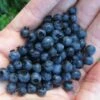




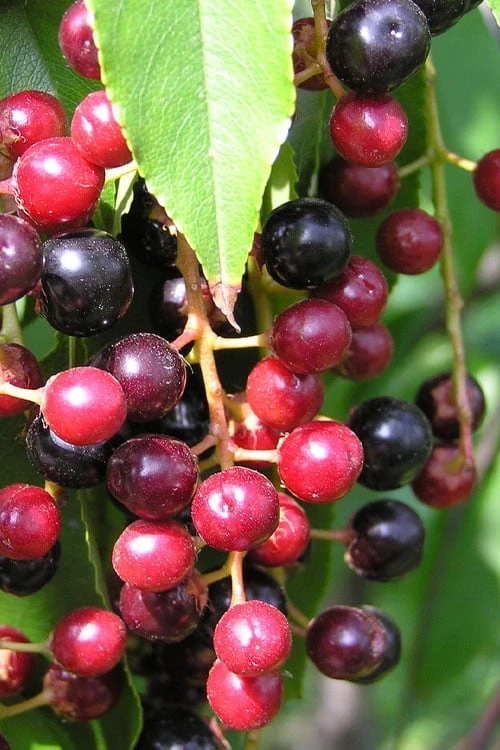


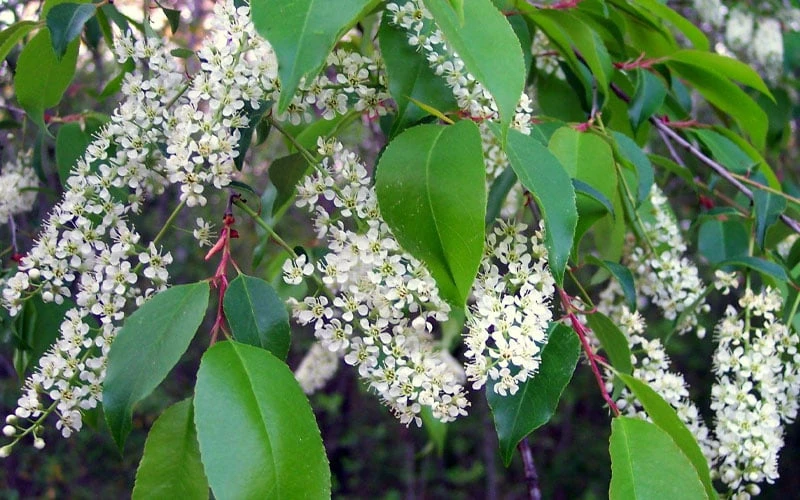
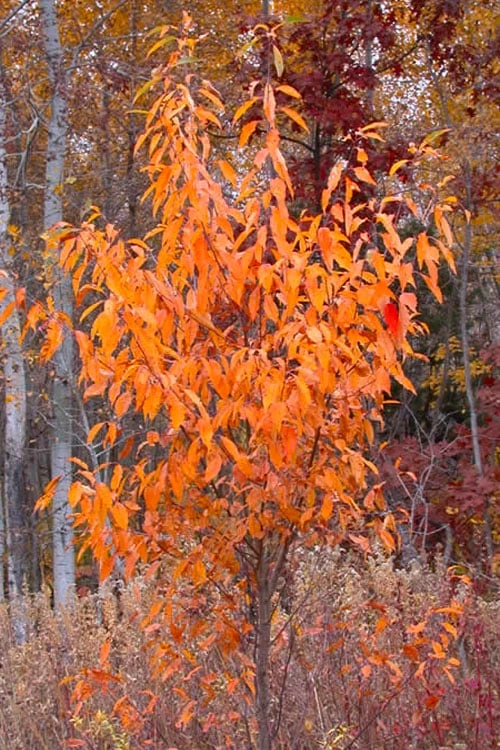
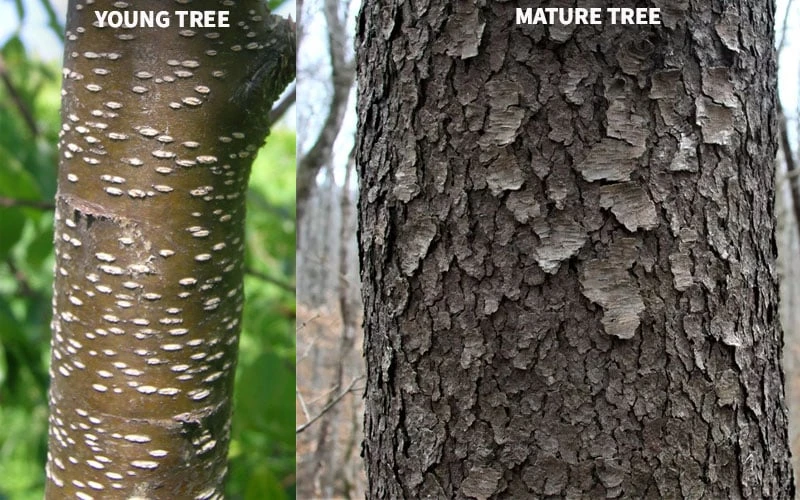




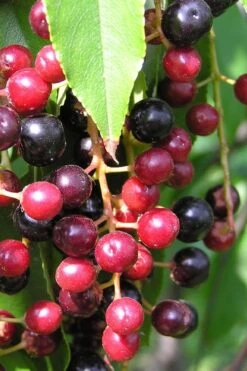

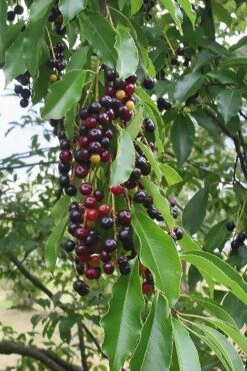
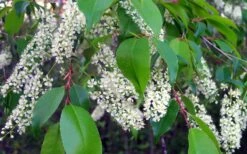
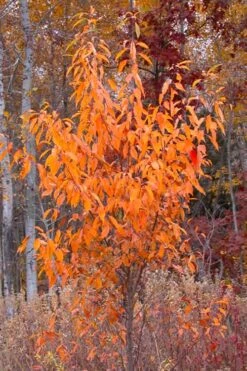
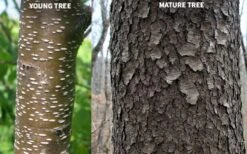


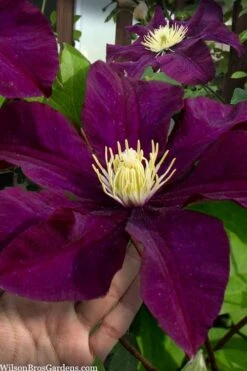

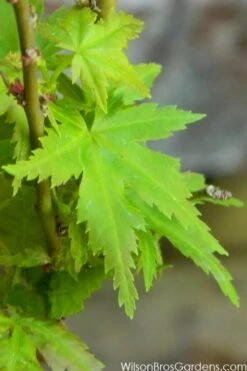



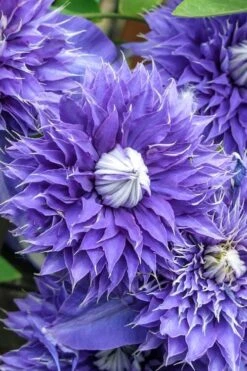

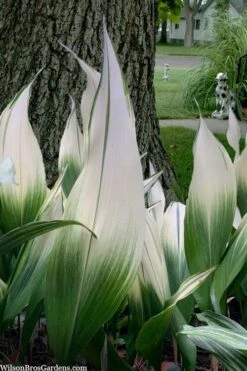



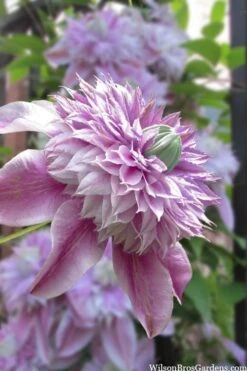

Reviews
There are no reviews yet.